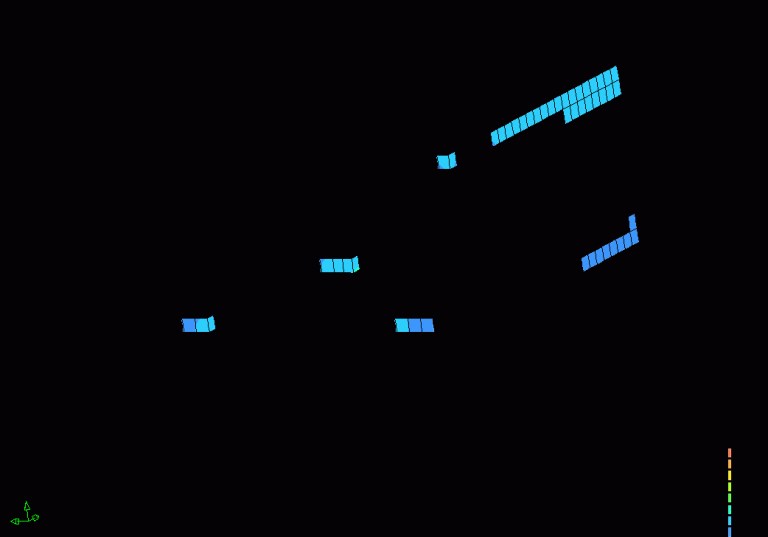Earthquakes put brick walls under stress, which can make them crack. Master’s student Wilco van der Mersch MSc. developed a computer model that calculates stresses in masonry structures under a horizontal load.
Until recently, the Netherlands was considered as an earthquake-free zone. But gas production has lead to increasingly frequent and stronger earthquakes in Groningen, putting their impact on the built environment on the research agenda. In 2013, the peak year, a total of 120 earthquakes were registered near the villages of Loppersum and Middelstum. Many houses there bear the scars and some even had to be abandoned
For his MSc thesis Wilco van der Mersch set out to develop a computer model of a brick house on the basis of finite element software. The model allowed him to calculate the stresses in the elements or bricks as loads were applied to the structure.
A European study was done previously on the effects of earthquakes on non-reinforced masonry structures. It involved a full-scale lab test in which a two-story masonry structure with concrete floors was subjected to horizontal forces to both floors coming from hydraulic cylinders.
Van der Mersch, who studied civil engineering at the Faculty of Civil Engineering and Geo Sciences, took the European study on Enhanced Safety and Efficient Construction of Masonry Structures in Europa (ESECMaSE) as a benchmark for his simulations. He compared the outcome of his finite element calculations with the measurements from the large-scale lab test.
At the presentation of his MSc. thesis on June 29, 2015, Van der Mersch showed that the results of calculation and lab test corresponded best for cyclic (repeated) pushovers. The calculated residual strength was still a bit bigger (17 %) than the measurements, but less so than in response to a static load (plus 26 %).
Van der Mersch said that to apply to Groningen houses, the model would have to include double (cavity) walls, bricks made from clay and timber ceilings instead of concrete ones.
Asked if his model could be used to translate an earthquake magnitude into resulting damages to brick houses, Van der Mersch said that more information was needed about the earthquake. For example, the horizontal accelerations on ground level are more relevant to the damages than the Richter number.
Professor Jan Rots, his MSc. thesis supervisor, said more master students are working on the topic of earthquake-related damages to houses, sometimes in cooperation with engineering consultants, like Witteveen+Bos in case of Van der Mersch.
Read also (in Dutch): Groningen barst uit z’n voegen





Comments are closed.